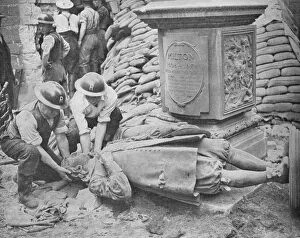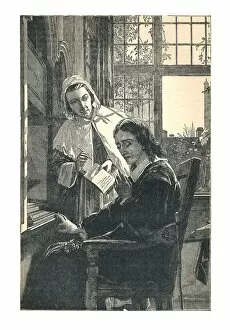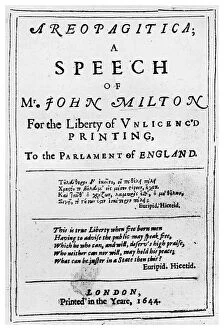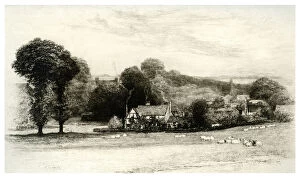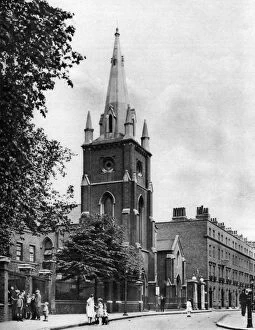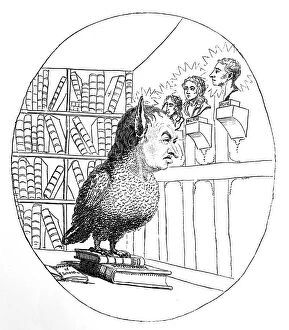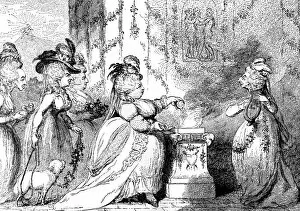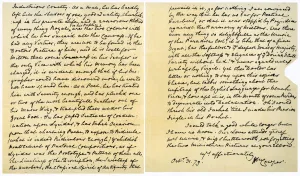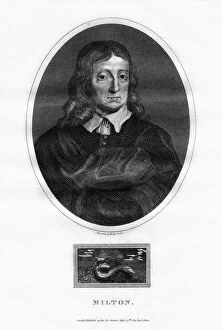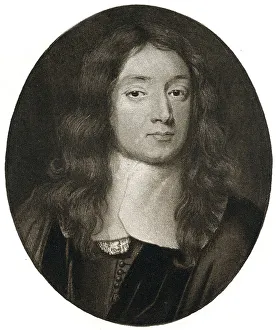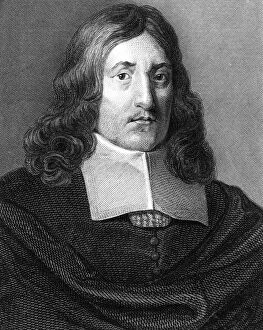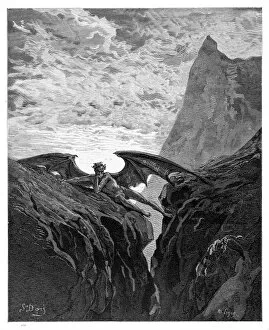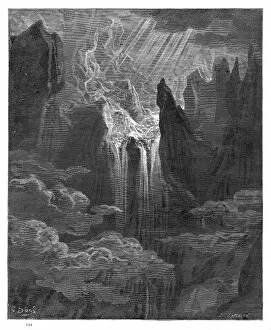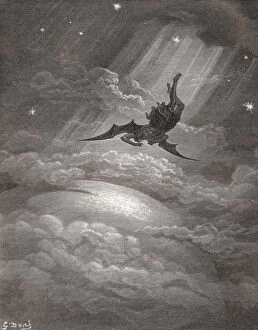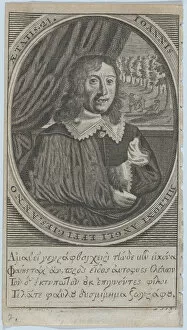John Milton Collection (page 6)
John Milton, the renowned English poet, is celebrated for his epic work "Paradise Lost" and his profound influence on literature
All Professionally Made to Order for Quick Shipping
John Milton, the renowned English poet, is celebrated for his epic work "Paradise Lost" and his profound influence on literature. His imaginative genius comes to life in various artistic interpretations, such as the captivating painting "Pandemonium" by Martin (1789-1854). This oil on canvas masterpiece depicts a scene from Milton's poem, showcasing the chaotic assembly of demons in Hell. Milton's vivid descriptions also inspired striking engravings like "The Mouth of Hell, " which portrays the terrifying abyss where sinners are condemned. Another engraving titled "Fall of the Rebel Angels" captures the dramatic moment when these celestial beings rebel against God. These artworks from 1885 beautifully illustrate Milton's ability to bring mythical worlds to life through words. Not only did Milton create fictional realms but he also delved into historical figures like Galileo Galilei. In a 19th-century engraving featuring both men, their intellectual prowess shines through as they engage in deep conversation. However, it was perhaps Satan himself who became one of Milton's most intriguing characters. Depicted in an engraving titled "Satan in Council, " this portrayal showcases Satan's cunning nature and strategic planning amidst chaos. While exploring diverse themes, Milton also revealed his love for nature and animals with works like "Fox And Hounds. " This piece highlights his appreciation for wildlife and adds a touch of charm to his repertoire. Milton's literary legacy extends beyond just visual art; it even influenced other poets like Henry Fuseli. One example is Fuseli’s eerie painting called “The Night-Hag Visiting Lapland Witches, ” which echoes elements found within Paradise Lost. Among all these remarkable depictions lies one that encapsulates hope: an engraving entitled "The Angel Up To Heaven. " It symbolizes redemption and reminds us that even amidst darkness, there is always light at the end of every tunnel.








